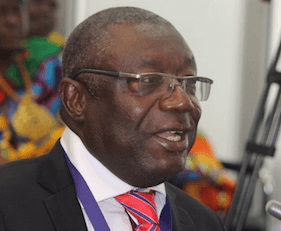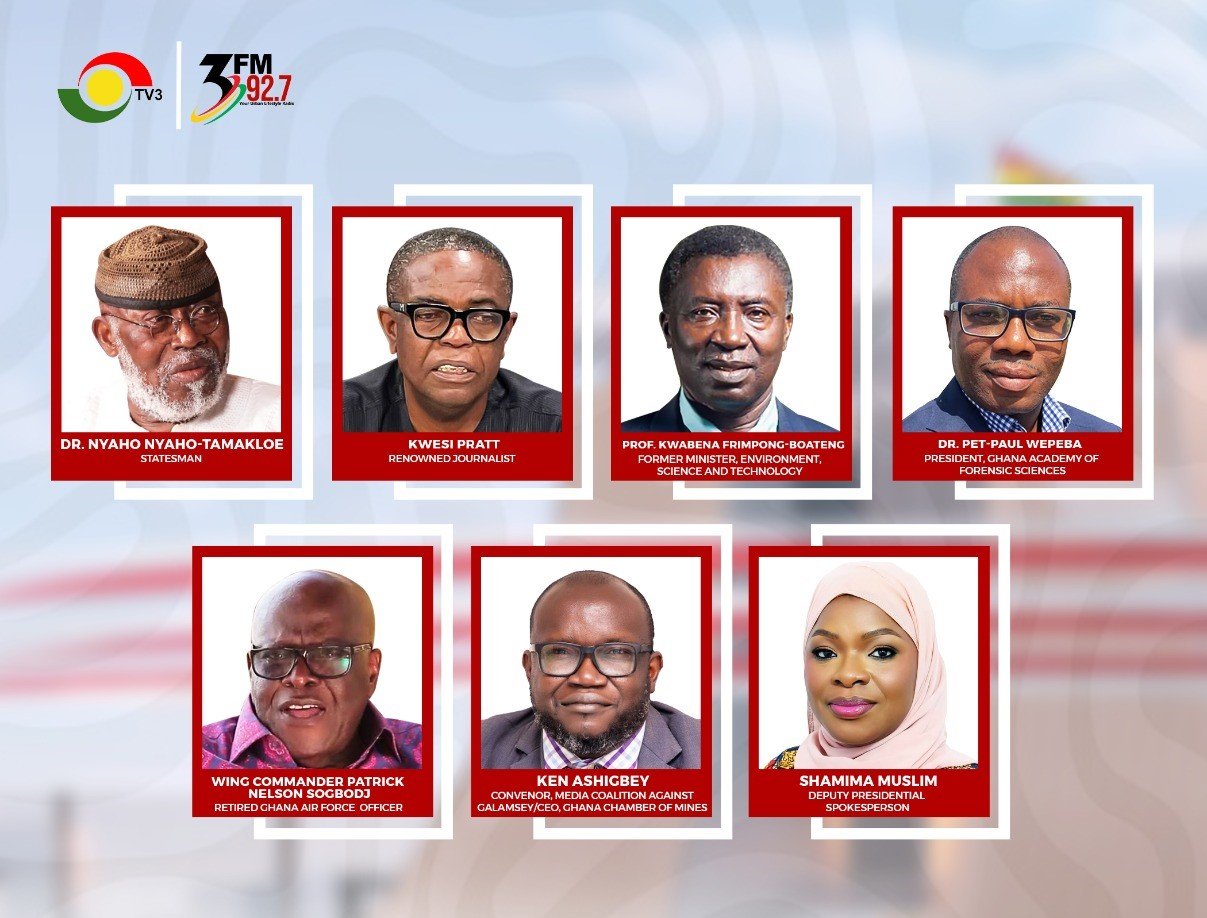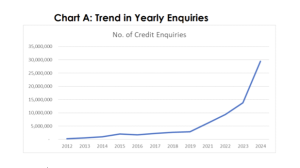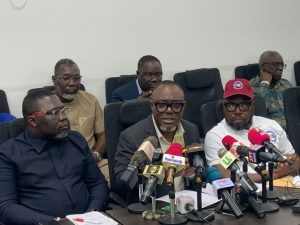
By Kizito CUDJOE
Gold Fields Ghana, a subsidiary of South Africa’s Gold Fields Limited (GFIJ.J), has reaffirmed its long-term commitment to operations in the country with plans to scale up investment in local communities, according to Senior Vice-President and Managing Director Eliot Twum.
The company operates the Tarkwa and Damang gold mines, holding a 90 percent stake in each with government owning the remaining 10 percent carried interest.
Gold Fields entered Ghana in 1993 after acquiring the then state-owned gold mining corporation in Tarkwa and expanded to Damang in 2002 through the purchase of assets from Australia’s Rangers Minerals.
The Managing Director of Gold Fields Ghana, during a meeting with the Commissioner-General of Ghana Revenue Authority (GRA), Mr. Anthony Kwasi Sarpong, said the company has invested about US$106million in community projects through its Foundation.
The Gold Fields Ghana Foundation is funded by US$1 for every ounce of gold produced, 1.5 percent of pre-tax profits and proceeds from the sale of scrap materials. Its projects include roads and sports facilities such as the Aboso Junction–Tarkwa road and Tarkwa and Aboso sports stadium.
“We are currently building a road that connects, it’s a bypass actually – given the heavy traffic to Aboso junction – to ease the traffic on that road specifically for people who are commuting to Tarkwa and Damang,” Mr. Twum added.

The company is among Ghana’s largest taxpayers, Mr. Twum noted, contributing to national development through job creation, tax payments and enterprise development initiatives.
It is in the light of this that he said: “We would like to continue, because we want to be here for a very long time and continue being able to partner government in all the years going forward”.
Gold Fields contributed about GH?4.4billion (US$295million) to government in 2024, including GH?2.6billion in corporate income tax, GH?337million in pay-as-you-earn tax and GH?355million in dividends.
In first-half 2025, the company paid more than GH?3.2billion – comprising GH?1.6billion in corporate tax, GH?587million in royalties, GH?185million in pay-as-you-earn (PAYE), GH?506million in dividends, GH?295million in withholding tax and GH?121million in withholding VAT.
“In terms of companies that contribute to GRA we are consistently in the first ten. In 2013 we were the second-best taxpayer and in 2016 the overall best taxpayer,” Mr. Twum said. “Since 2016 we haven’t featured anywhere, but we look forward to bouncing back.”
The company’s visit was its first to the tax authority since Commissioner-General Anthony Kwasi Sarpong’s appointment by President John Dramani Mahama. It was attended by Vice President of External Affairs and President-Ghana Chamber of Mines Michael Edem Akafia, along with other senior management members.
During their meeting, the delegation congratulated Mr. Sarpong on his appointment and pledged to work with him to ensure the success of his tenure.
The Commissioner-General in his response to the visit said GRA’s core mandate is to collect revenue and support government’s agenda for national development. “In that respect, we see businesses – particularly Gold Fields Ghana – as a key partner in that journey,” he said.
He described the extractive sector as critical for generating revenue, creating jobs and supporting community development.
Mr. Sarpong said “The relationship is one of partnership and collaboration and today’s visit consolidates that relationship.”
He added that the GRA will work closely with industries, especially in the extractive sector, to help realise the president’s vision of resetting the economy and enabling better private sector performance.
“It is only when you do well that employment, revenue, national cohesion and peace become possible,” he said.
“We will continue supporting you, particularly in tax matters, to ensure your business is not disrupted. If your business grows, together we can deliver on the mandate of national development.”
The post Gold Fields plans long-term stay, boosts local investment appeared first on The Business & Financial Times.
Read Full Story



















Facebook
Twitter
Pinterest
Instagram
Google+
YouTube
LinkedIn
RSS